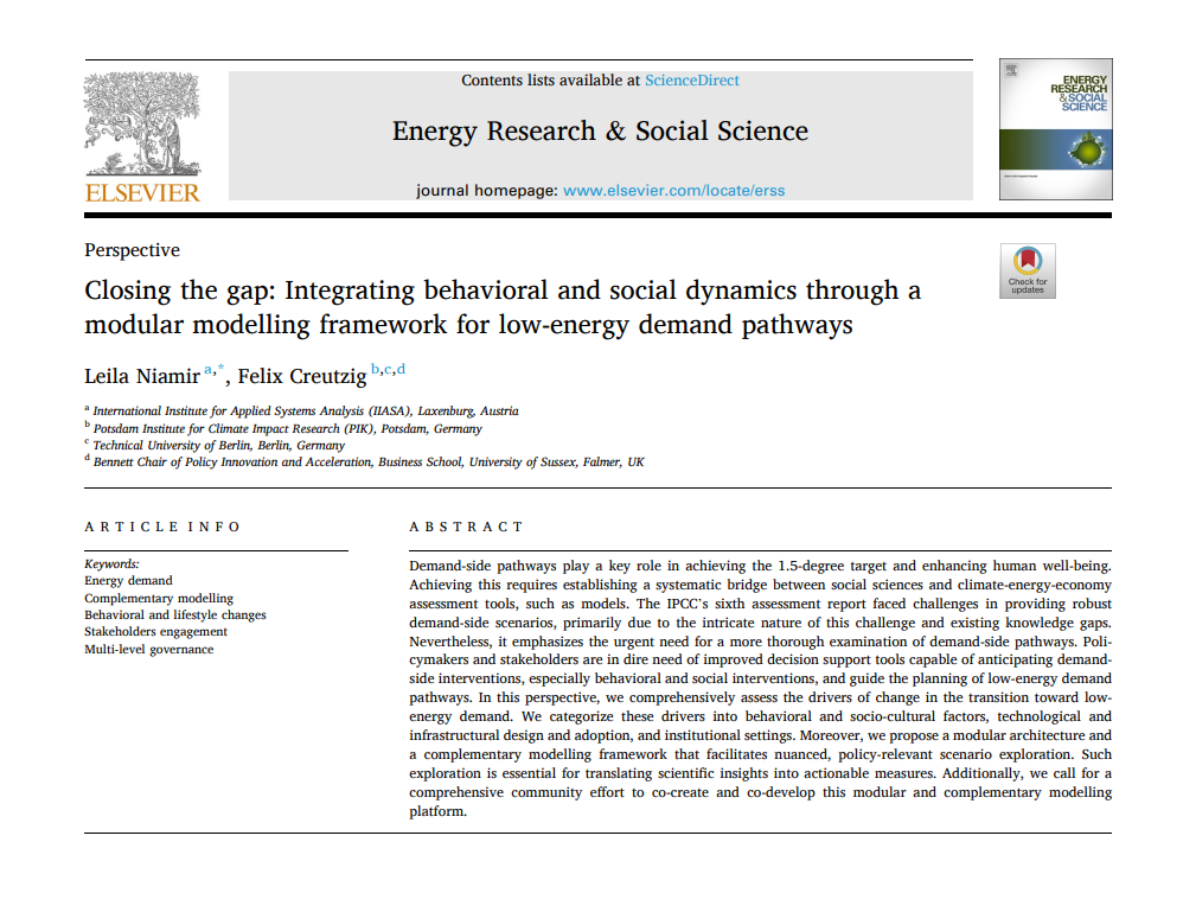
Traditional Integrated Assessment Models (IAMs) are powerful tools, yet they frequently fall short in adequately representing real-world complexities, especially in areas such as infrastructure, social dynamics, and behavioural change. In addressing these limitations, models such as AI4UP, which emphasise circularity and systems thinking, emerge as promising solutions. These modular approaches have the capacity to complement IAMs by focusing on sectors that have received insufficient attention and integrating diverse dynamics.
A recent paper, “Closing the gap: Integrating behavioural and social dynamics through a modular modelling framework for low-energy demand pathways“, underscores the significance of modularity in capturing low-energy futures. By integrating models such as AI4UP into a more extensive modelling framework, we can enhance our ability to reflect societal evolution, material flow, and decision-making processes.
In order to formulate climate strategies that are capable of being implemented, it is essential to establish a modelling ecosystem that is characterised by diversity, collaboration and a foundation in the complexity of the real world.
